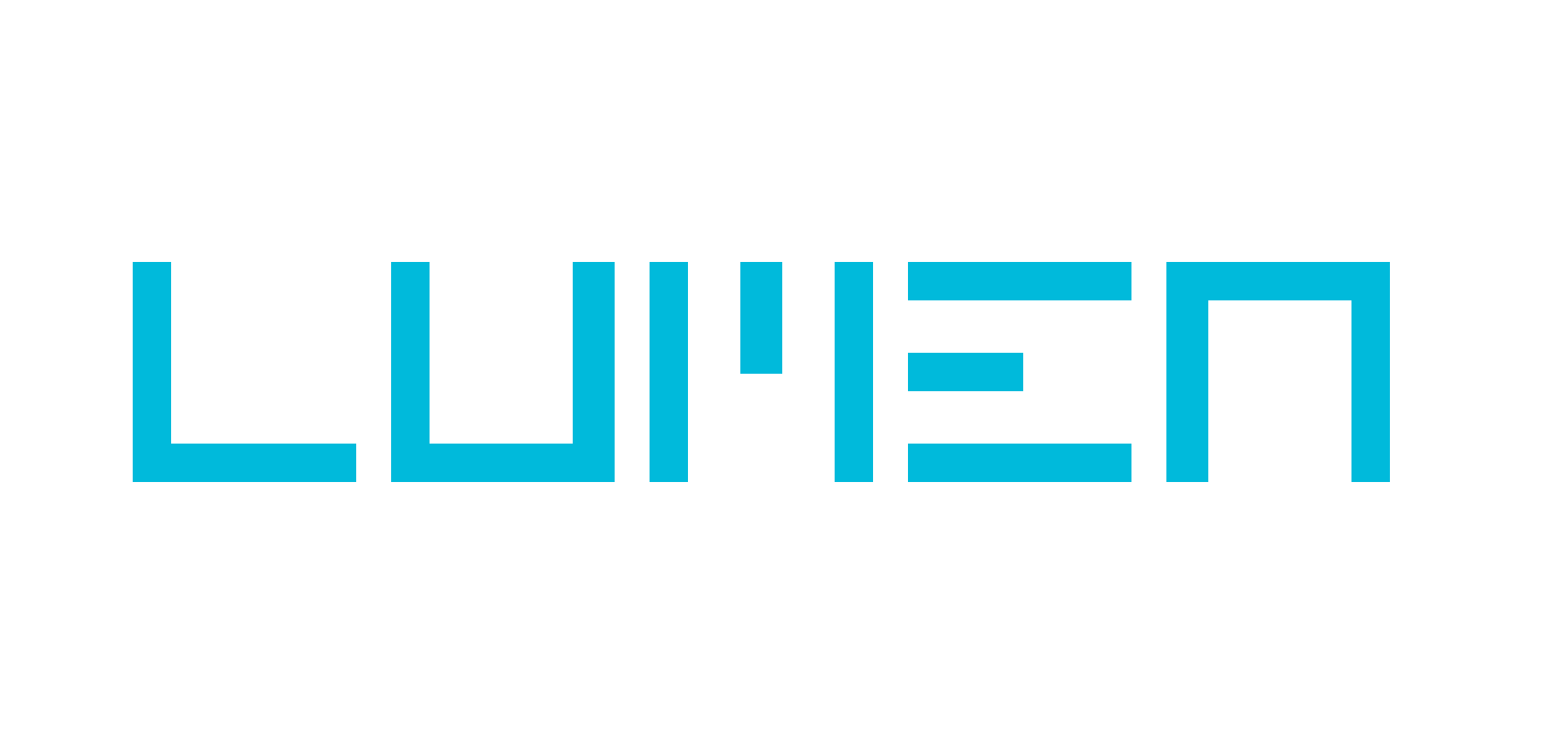00.00
Using eye tracking to make the most of the great outdoors

Out-of-home (OOH) advertising is the only traditional medium to be in growth at the moment. This is largely because it is no longer a ‘traditional medium’: the move to digital out-of-home (DOOH) has allowed for the growth of programmatic out-of-home (POOH) which has dramatically increased the interest in the oldest medium of them all.
OOH has many advantages: there’s no fraud; it’s increasingly addressable; and, thanks to Route, it’s not just guaranteed to be viewable, but it’s also guaranteed to be viewed. If only all media were so stringent in their measurement.
But for advertisers, the quality of the media is only half the story. The quality of the creative matters just as much. And here there’s room for lots of improvement.
Testing and optimising OOH advertising is hard because you have to test it in context. There’s no point in researching a poster in isolation because that begs the most important question the research has to answer: will anyone notice this ad? More than any other media, OOH advertisements compete for attention with the world around them, which is why measuring stand out is so important.
But who has the money to print up two versions of an ad, put them up in locations, and see which gets noticed more? No one, that’s who. And that’s why no one pre-tests posters. And that’s why you might see so many bad posters around town.
Until now.
We were in Manchester with our friends at JCDecaux, reprising our talk from their Upfronts conference in London in November, and talking about our new OOH pretesting tool.
The tool itself works in much the same way as the POS testing tool for which we won an MRS award in December.
-
We have made a series of films of driver and pedestrian journeys, shot from the consumer’s perspective.
-
We’ve identified a number of OOH locations, and, working with Mirriad, prepared the films so that clients can insert their creative into the films quickly and easily.
-
We can then create films that show your OOH ads – in a realistic context. And because it is so quick and easy to insert the creative we can create many films, to test many creative variants of your ad, without breaking a sweat.
-
Finally, we can conduct large scale eye tracking tests on each film, via our webcam eye tracking technology. A post-test questionnaire is administered at the end.

The outputs are visually stunning and empirically fascinating.
The eye tracking reveals how effective your ad is at standing out from the busy street scene. This allows you to compare the attentional efficacy of each of your design options to see which one is working best. And all the results are benchmarked against the growing Lumen database so you can see how your ads are doing versus the average.
But the approach doesn’t just tell you if people looked at the ads but also for how long, with the heatmap highlighting which elements get noticed and which get ignored and the gaze path shows you what people look at first, second and third.
Finally, the post test questionnaire allows you to understand the impact the ad is having on brand awareness or brand perception. Combining the eye tracking results and the questionnaire data helps us to assess the relationship between attention and brand outcomes.

As a tool, it is simple to use, simple to understand, quick and cost effective. The system can be used in any market in the world, and on any type of OOH – including full motion digital. A tool to use time and again to get business-critical information on business-critical timelines.
What’s particularly exciting is that we are at the very start of a new learning curve here. As we conduct more tests, we are building up an empirical database of what works when it comes to OOH design. The learnings have much in common with what we know about press and digital ads. But there are some interesting nuances to making a really effective poster: get in touch if you would like to learn more.
00.00









